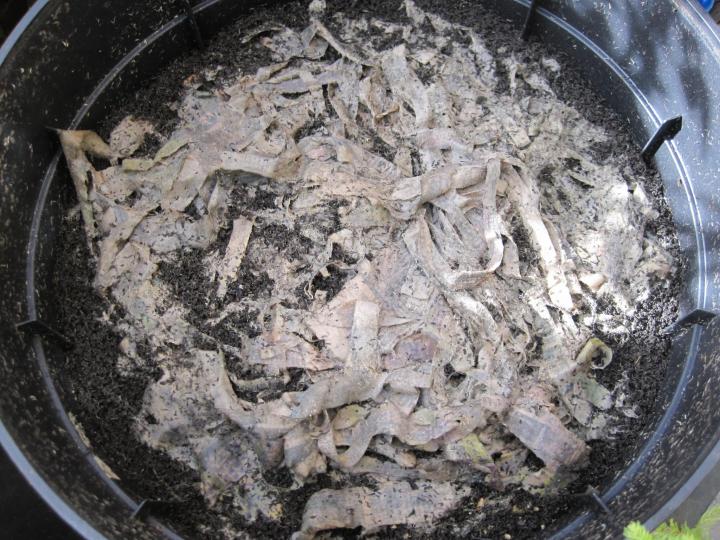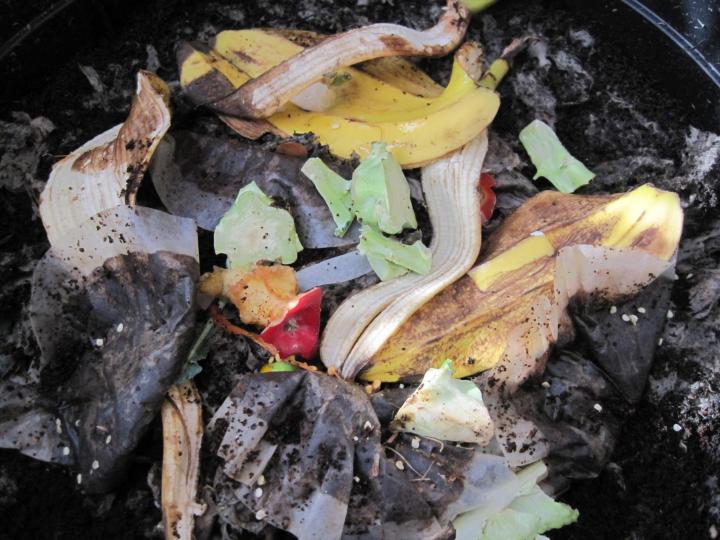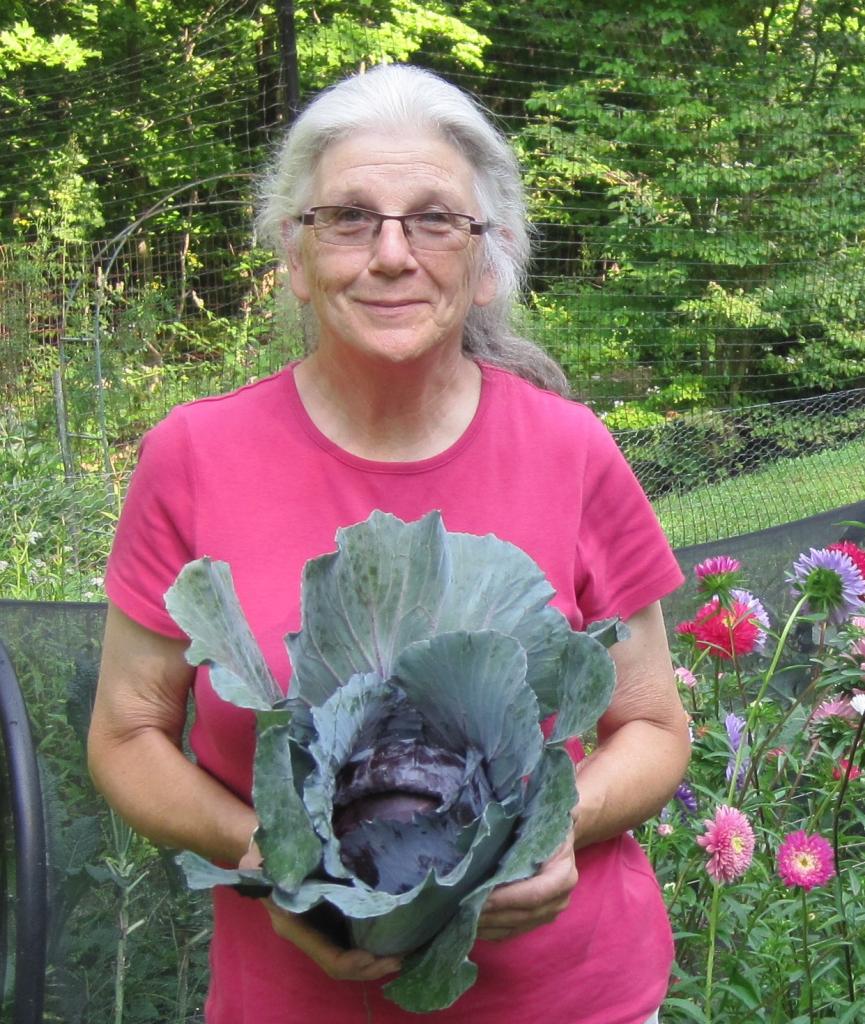Have you abandoned your compost pile because you’re tired of trudging outside? How about using worms to turn your kitchen scraps into fertilizer. Try vermicomposting!
What is Vermicomposting?
Vermicomposting is using worms to turn your kitchen scraps into fertilizer. Earthworms eat your garbage is an easy way to recycle food waste indoors year round. It is great science project for the kids, too. If you don’t get too attached to the little critters, you can even sell your extra worms to other composters and fishermen (they make great bait!).
Aristotle nailed it when he called worms the “intestines of the earth.” Consisting of an alimentary tube surrounded by muscular rings, the earthworm was built for digestion and everything in its path is something to be devoured. Ingested materials undergo chemical changes during digestion, resulting in a humus of neutral pH that is rich in water-soluable plant food immediately available for plant nutrition.
Worms are one of the strongest “animals” for their size, characterized as being as flexible as silk but as strong as steel. Charles Darwin studied earthworms for 45 years and one German researcher claimed that worms could sing! (I have kept a wormbox for years and have gotten some awesome compost but I still haven’t heard any singing from them.)
A basic wormbox is easy to make from an 18 gallon plastic storage container or you can purchase a ready-made box.

Fill the box with about 6 inches of damp, shredded newspaper mixed with a shovelful of dirt. I have killed worms by letting them get too dry and also letting them get too wet. Their bedding must be kept moist but not soggy; about as damp as a moist sponge. If it gets too wet you can always add more dry newspaper.
Red worms or red wrigglers (Lumbricus rubellus) are the best for home composting because they eat a lot, reproduce fast, don’t smell, and won’t try to escape. One pound of worms (about 1,000) will eat 1/2 pound of food scraps per day. Within a few months you will have four times the number of worms capable of eating four times as much. These worms are not cold hardy and need to be kept in a place that is between 50 to 80 degrees. Since they are nocturnal and sensitive to light, they come to the surface to feed at night and should be kept in a dark place.
Some of their favorite foods are coffee grounds, tea leaves, pasta, rice, bread, and cereal. Some commercial growers use cornmeal to fatten them up before shipping.

Crushed eggshells, banana peels, melons, plant clippings, and vegetable & fruit scraps are also favored fare. Go easy on citrus peels and never feed them meat, bones, oils, fat, or vinegar. Food scraps are more quickly digested if cut up small. One worm farmer I know buzzes his kitchen scraps in the food processor before adding them to the worm box. Bury the scraps in the top 1 to 3 inches of bedding to prevent odors and fruit flies. In 4 to 6 months you’ll have a box full of finished compost high in calcium, iron, potassium, phosphorus, nitrogen, and magnesium. Top dress your houseplants and garden plants with it, add it to potting soil when repotting plants, or make a compost tea from it to water your plants. You’ll be amazed at the results!












Comments